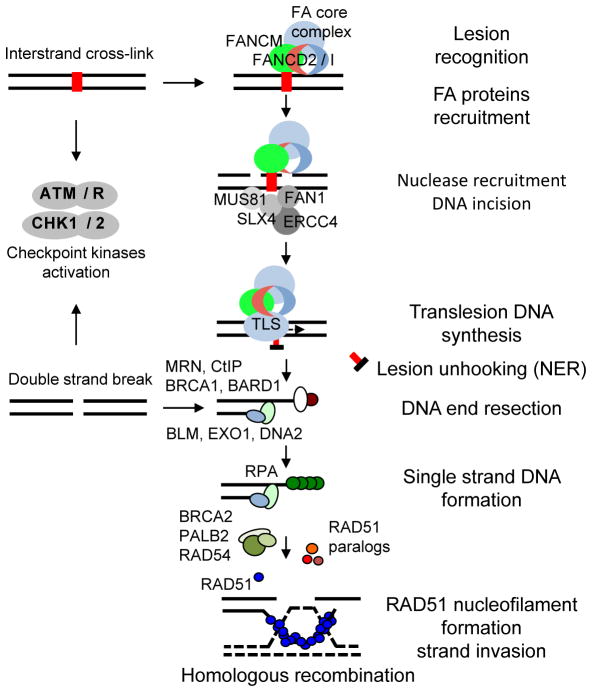Figure 1. Cooperation of the Fanconi Anemia (FA) and BRCA1/2 proteins in a common ICL repair pathway.
Stalling of replication forks on DNA ICLs induces lesion recognition by the FANCM–FAAP24–MHF1/2 complex and subsequent recruitment of the FA core complex, which in turn recruits the mono-ubiquitinated FANCD2-FANCI to the ICL region. FANCM also initiates checkpoint response, which phosphorylates multiple FA proteins. Ubiquitinated FANCD2 acts as a landing pad for recruiting several nucleases to coordinate nucleolytic incisions. Unhooking the DNA leaves the cross-linked nucleotides tethered to the complementary strand, which are bypassed by TLS polymerases. DNA incisions create a DSB, which is then repaired by HR. Downstream FA proteins such as BRCA1, BRCA2, and PALB2 promote RAD51-dependent strand invasion and resolution of recombinant intermediates.

